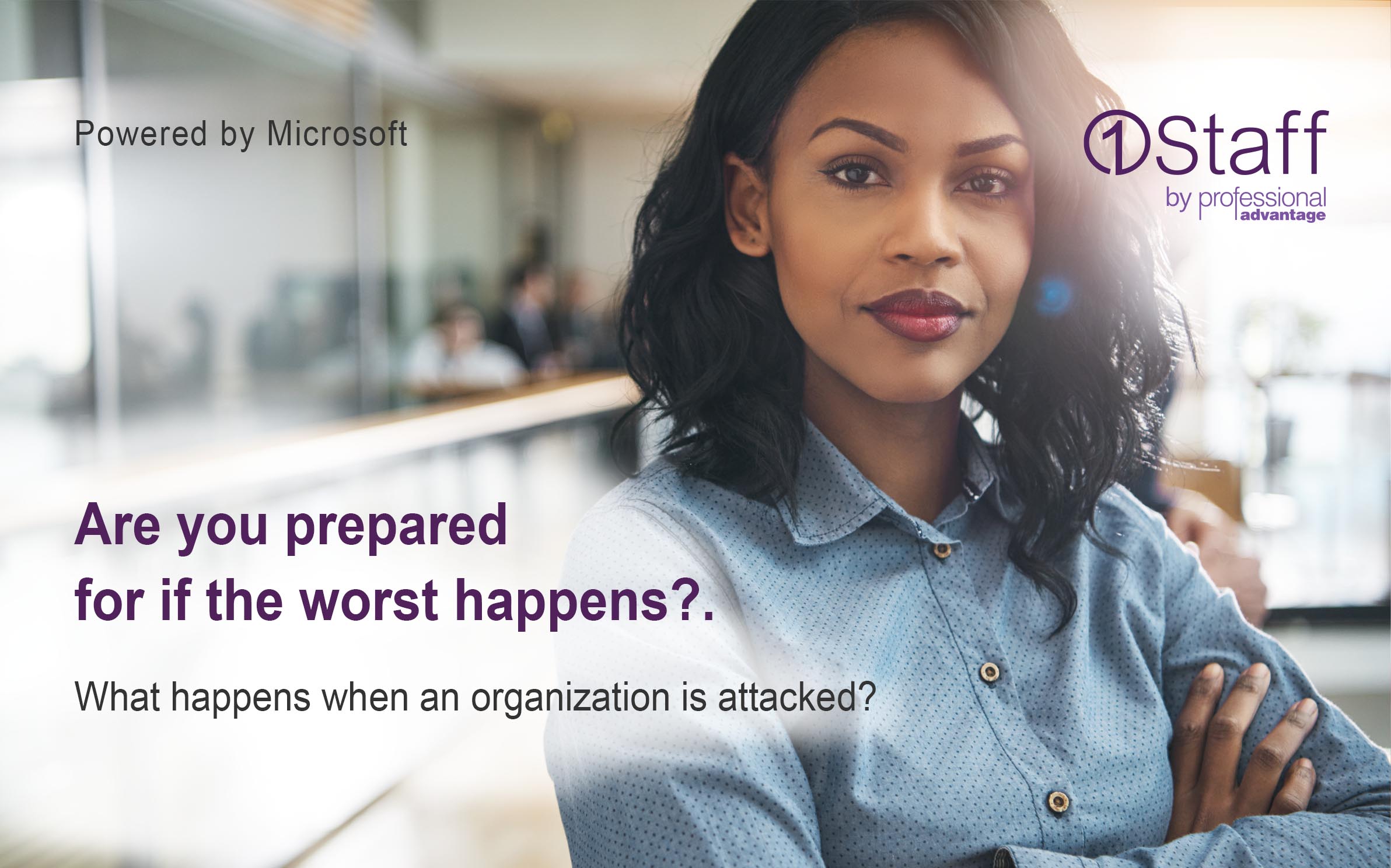According to a recent conducted by Infrascale, over one-fifth of small and medium-sized businesses (SMBs) do not have any form of data backup or disaster recovery (DR) solution in place. This is a precarious situation, especially in these unprecedented times where businesses rely heavily on data and uptime for their survival.
It is alarming to see how few companies have taken the basic precautions necessary to prevent a disaster from occurring in the first place. In some cases, businesses only take interest in DR after experiencing a disaster, while others are unaware of the risks they face. In such cases, it becomes necessary to start from scratch and re-evaluate the underlying infrastructure.
It is pointless to replicate your systems to a DR site if you have not mitigated the common risks faced at your primary site. These risks include ageing hardware, server failures, and unreliable backups. Preventing disasters in the first place is much easier than dealing with their aftermath.
Despite recent advancements in virtualization, storage, and backup technologies, many businesses are still unaware of these developments and continue to rely on outdated practices and solutions.
"Prevention is better than cure, especially when it comes to disasters. Don't wait until it's too late to secure your systems and data."
To reduce downtime, prevent data loss, and avoid disasters, we recommend the following measures to our clients:
-
Replace old servers: The average lifespan of a server is 3-5 years, and extending the warranty beyond that period is often more expensive than replacing the hardware. Not being covered by warranty puts you at risk of scrambling to find replacement hardware when the server fails.
-
Use virtualized HA solutions: High-availability solutions protect against server failures, reducing outages to just a few minutes. However, HA solutions were previously limited to specific systems and were difficult to implement and manage, which added to the cost and complexity. With new virtualization and storage systems, it is now possible to protect entire environments from server failures with ease.
-
Use disk-based backups: Tape-based backups are slow, and organizations have had to limit themselves to a single overnight backup, allowing for up to 24 hours of data loss in case of a disaster. On the other hand, modern disk-based backup systems are fast and allow for multiple backups throughout the day, even during business hours, thereby reducing data loss from a day to hours or even minutes. Disk-based backups also allow for the fastest possible recovery if primary storage fails.
-
Off-site backup is critical: Regardless of the backup technology used, having an off-site copy of your data is crucial. This enables you to restore your systems if all your equipment is damaged at your primary site.
Have you taken the right precautions to protect your business against data loss?
If you have not taken adequate precautions to protect your business against data loss, it is essential to evaluate how long you can operate with your systems offline or how long it would take to recover if you lost a day's worth of work.
Once you have evaluated your situation, consider whether your infrastructure is capable of protecting you against the most common disasters. If not, then consider implementing some of our recommendations, which can be thought of as your IT insurance policy.

It is an unfortunate consequence of this technological age that ransomware attacks on organizations can and do happen.
In fact, in this year alone we have heard from, and assisted with, multiple clients who have suffered at the hands of a hacker.
Want to find out more? Read our more in-depth blog and see if you are prepared for if the worst happens?
Read more